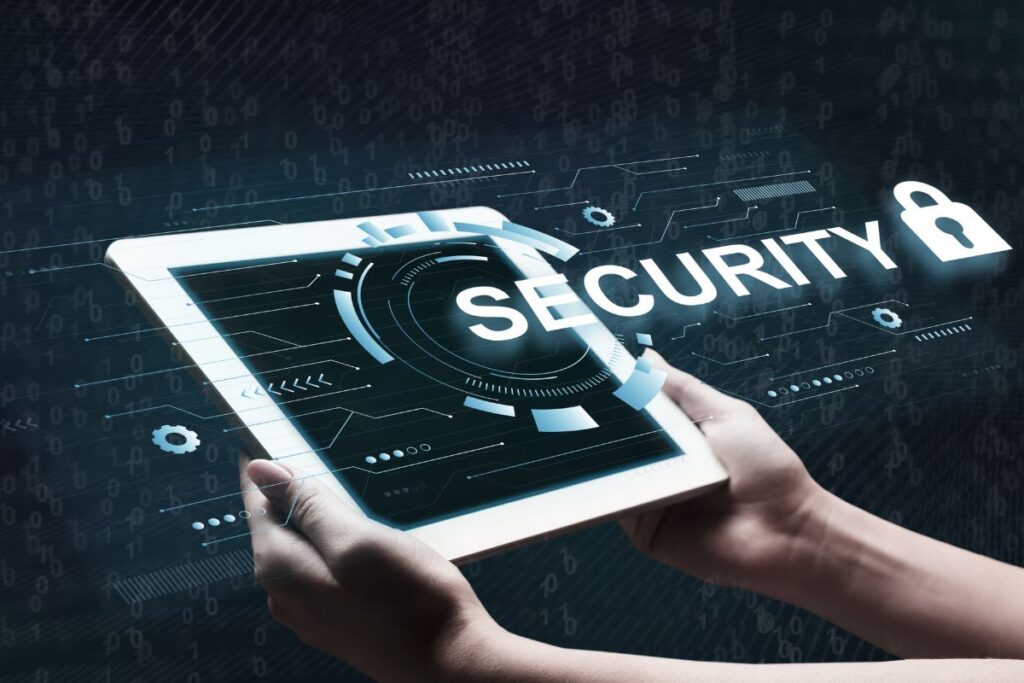Top 10 Innovative Strategies Cybersecurity Companies Employ to Safeguard Your Digital World

In an era dominated by rapid technological advancements, the importance of cybersecurity cannot be overstated. As our lives become increasingly interconnected through digital channels, the risks of cyber threats continue to escalate. Cybersecurity companies play a pivotal role in safeguarding our digital world, employing innovative strategies to stay one step ahead of cybercriminals. This article explores the top 10 cutting-edge strategies these companies use to protect individuals and organizations alike.
Artificial Intelligence and Machine Learning
One of the most groundbreaking advancements in cybersecurity is the integration of artificial intelligence (AI) and machine learning (ML). Cybersecurity companies leverage these technologies to analyze vast amounts of data and identify patterns that may indicate potential threats. AI and ML empower systems to learn and adapt in real time, enhancing their ability to detect and respond to evolving cyber threats.
Behavioral Analysis
Traditional signature-based detection methods are becoming less effective as cyber threats become more sophisticated. Cybersecurity companies now employ behavioral analysis to identify abnormal patterns of user behavior or system activity. By monitoring deviations from established norms, these systems can detect and mitigate threats that may go unnoticed by traditional security measures.
Endpoint Security
With the rise of remote work and the proliferation of connected devices, endpoint security has become a critical focus for cybersecurity companies. These firms implement advanced endpoint protection solutions to secure individual devices, such as computers and smartphones, against malware, ransomware, and other malicious attacks.
Zero Trust Architecture
The conventional approach of trusting entities within a network by default is no longer sufficient in the face of modern cyber threats. Cybersecurity companies are increasingly adopting a Zero Trust Architecture, which requires strict authentication for every user and device attempting to access the network. This strategy minimizes the risk of unauthorized access and lateral movement within a system.
Threat Intelligence and Information Sharing
Cybersecurity companies actively participate in threat intelligence-sharing communities to stay informed about emerging threats. By collaborating with industry peers, government agencies, and global cybersecurity communities, these firms gain valuable insights into the latest tactics, techniques, and procedures employed by cybercriminals. This shared intelligence helps strengthen defenses across the entire cybersecurity landscape.

Cloud Security
As organizations migrate their operations to the cloud, cybersecurity companies are evolving their strategies to protect cloud-based environments. Advanced cloud security solutions provide real-time monitoring, threat detection, and data encryption, ensuring the security of sensitive information stored and processed in the cloud.
Incident Response Planning
Preparing for a cyber attack is as crucial as preventing one. Cybersecurity companies invest in robust incident response planning to minimize the impact of a security breach. This involves creating detailed plans for identifying, containing, eradicating, recovering from, and analyzing security incidents. The goal is to reduce downtime, protect data integrity, and learn from each incident to improve future response strategies.
User Education and Training
Human error remains a significant factor in cybersecurity incidents. Recognizing this, cybersecurity companies emphasize user education and training programs to enhance cybersecurity awareness among employees. By educating users about potential threats, phishing attacks, and best practices for maintaining secure digital habits, companies can significantly reduce the risk of security breaches caused by human error.
Blockchain Technology
Blockchain, originally designed for secure and transparent financial transactions, is finding applications in cybersecurity. Cybersecurity companies are exploring the use of blockchain to enhance data integrity and certain communication channels and create decentralized security networks. The tamper-resistant nature of blockchain technology adds an extra layer of protection against unauthorized access and data manipulation.
Continuous Monitoring and Threat Hunting
In a rapidly evolving threat landscape, continuous monitoring is essential to identify and respond to potential security incidents promptly. Cybersecurity companies employ advanced monitoring tools and threat-hunting techniques to search for signs of compromise within a network proactively. This proactive approach allows for the identification and mitigation of potential threats before they escalate into major security breaches.
Conclusion
As our reliance on digital technology grows, so does the need for robust cybersecurity measures. Cybersecurity companies are at the forefront of developing and implementing innovative strategies to safeguard our digital world. From artificial intelligence and machine learning to blockchain technology and continuous monitoring, these companies are leveraging cutting-edge solutions to protect individuals, businesses, and critical infrastructure from the ever-evolving landscape of cyber threats. By staying informed and adopting these advanced strategies, we can collectively build a more secure and resilient digital future.






